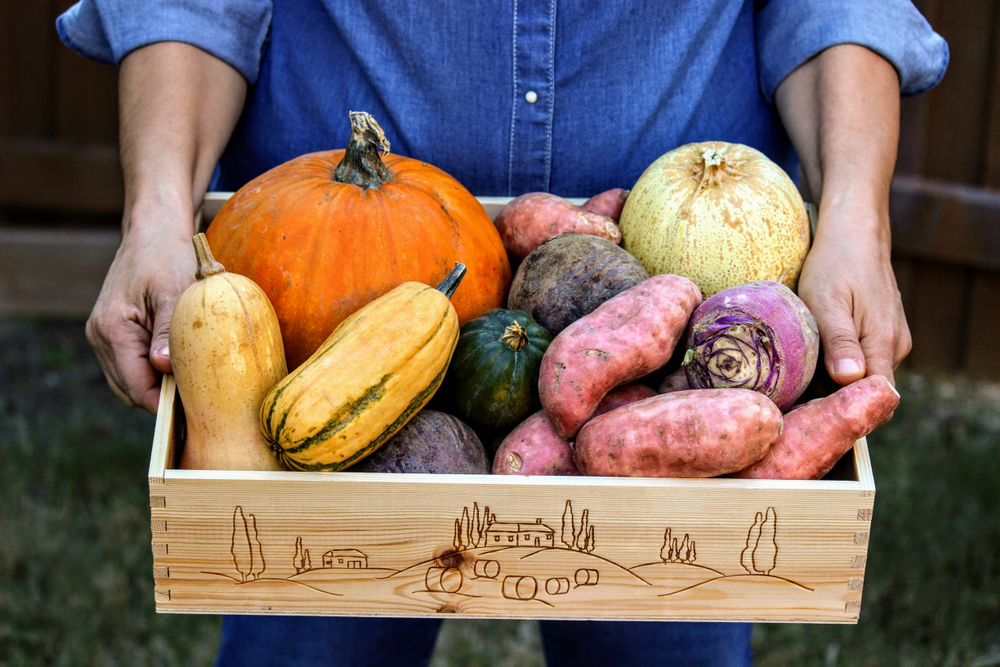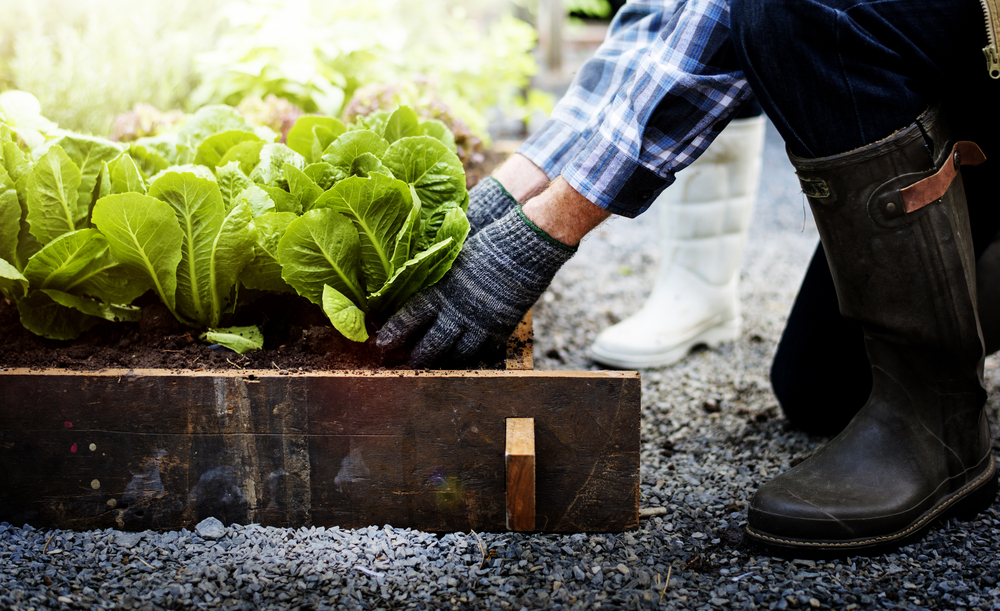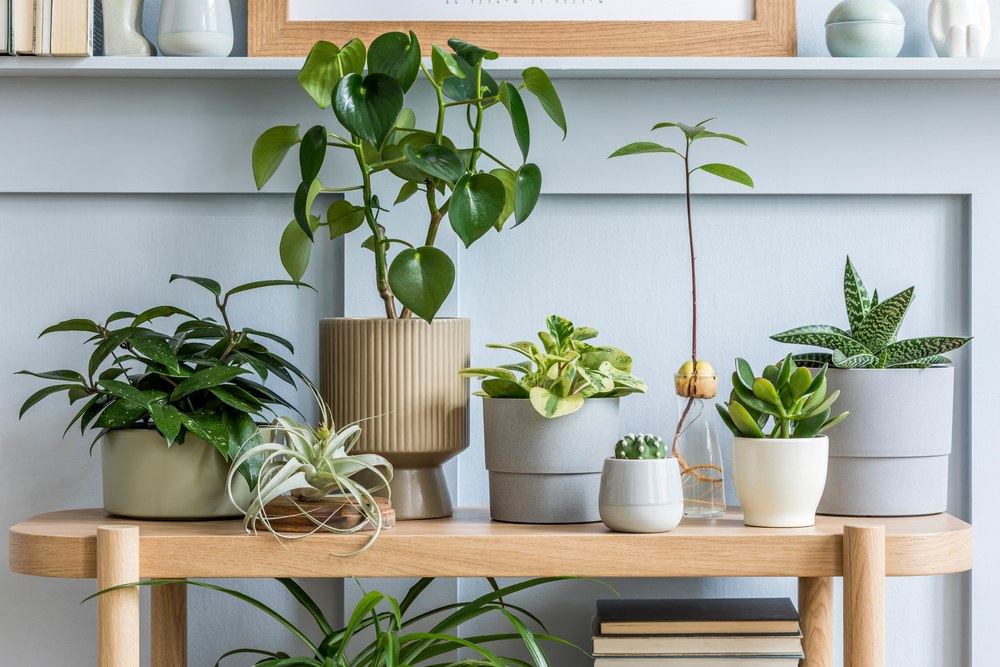Tag: plant care
Common Mistakes To Avoid When Growing Vegetables
Growing your own vegetables is a delightful way to get back to nature and enhance your table, but vegetable gardening mistakes can damage the experience. Luckily, these mistakes are easy to avoid if you plan ahead and do some basic research.
Not Starting Slow
Trying to grow everything all at once is a recipe for frustration. Especially if this is your first attempt, be realistic about how much time and effort you’ll be able to devote to your garden and choose vegetables that won’t require more than you have to give. Baby lettuce is a great first step, especially if your containers are on the smaller side. Other beginner-friendly options include peas, radishes, and Swiss chard.Not Considering Your Weather
Your area’s climate partly determines the types of vegetables that will flourish in your garden. Vegetables such as sweet potatoes, peppers, and zucchini tend to grow best in hot weather, while spinach, carrots, and beets prefer chillier conditions. You’ll also need to find your area’s frost-free date, which determines when you should plant different vegetables. The maps on the back of seed packets are a good start, but you’ll need to investigate local weather patterns as well. Another of the more common vegetable gardening mistakes is choosing plants that require more or less sunlight than your garden receives. Take note of how many hours of light your space gets each day and whether it’s primarily morning or afternoon sun; then, choose plants suited to your conditions.Not Considering Your Space
How much space do you have for a garden, and what does that space consist of? Plenty of vegetables thrive in containers, so don’t despair if your space is mostly paved. Do, however, research different varieties to make sure your choices won’t outgrow their homes. For in-ground beds, take exact measurements and plan ahead to ensure none of your plants will crowd out their neighbors. Remember to look beyond the soil surface; tomato plants can grow to amazing heights even in containers, and mint will quickly take over a bed and potentially your entire yard if you don’t set physical barriers deep into the ground.Not Having the Proper Equipment
While most home gardens don’t require tons of equipment, some tools are essential for avoiding vegetable gardening mistakes. A garden hose or watering can tops the list; even in rainy climates, you can’t always depend on the weather to keep your plants healthy. You’ll also need good soil; plan to refresh it at least once a year. A spade or digging fork, comfortable gloves, and garden shears are simple but necessary items. Some vegetables also require specialized equipment, such as tomato cages or bean trellises.Not Having a Plan for Pests
You’re not the only one eager to snack on your homegrown bounty; a whole array of pests from aphids to slugs to voles can damage your vegetables. Learn which pests you’re most likely to encounter in your area and look for the safest and most eco-friendly means of preventing them. Be especially careful with commercial pesticides as many of them can harm beneficial insects that naturally prey on the unwanted bugs eating your plants.Not Having a Plan for Weeds
Like pests, weeds are an inevitable reality that can lead to vegetable gardening mistakes. Keep a sharp eye on your beds and pull weeds immediately; experiment with different tools and techniques to see what works best for you. If you decide to use herbicide, make certain the product you choose is safe for edible plants. Growing your own vegetables is a fun and delicious hobby, and a little preparation goes a long way. Be sure to explore Red's Home & Garden for advice, inspiration, and all of your gardening needs.6 Tips To Keep Your Indoor Plants Happy All Winter Long
During the cold, dry months of winter, you've probably noticed that your houseplants struggle. Thanks to low-light conditions and a lack of humidity, it can be a challenge to keep your leafy friends looking their best. However, the following indoor plant tips can ensure that your plants look green and healthy throughout the winter season.




